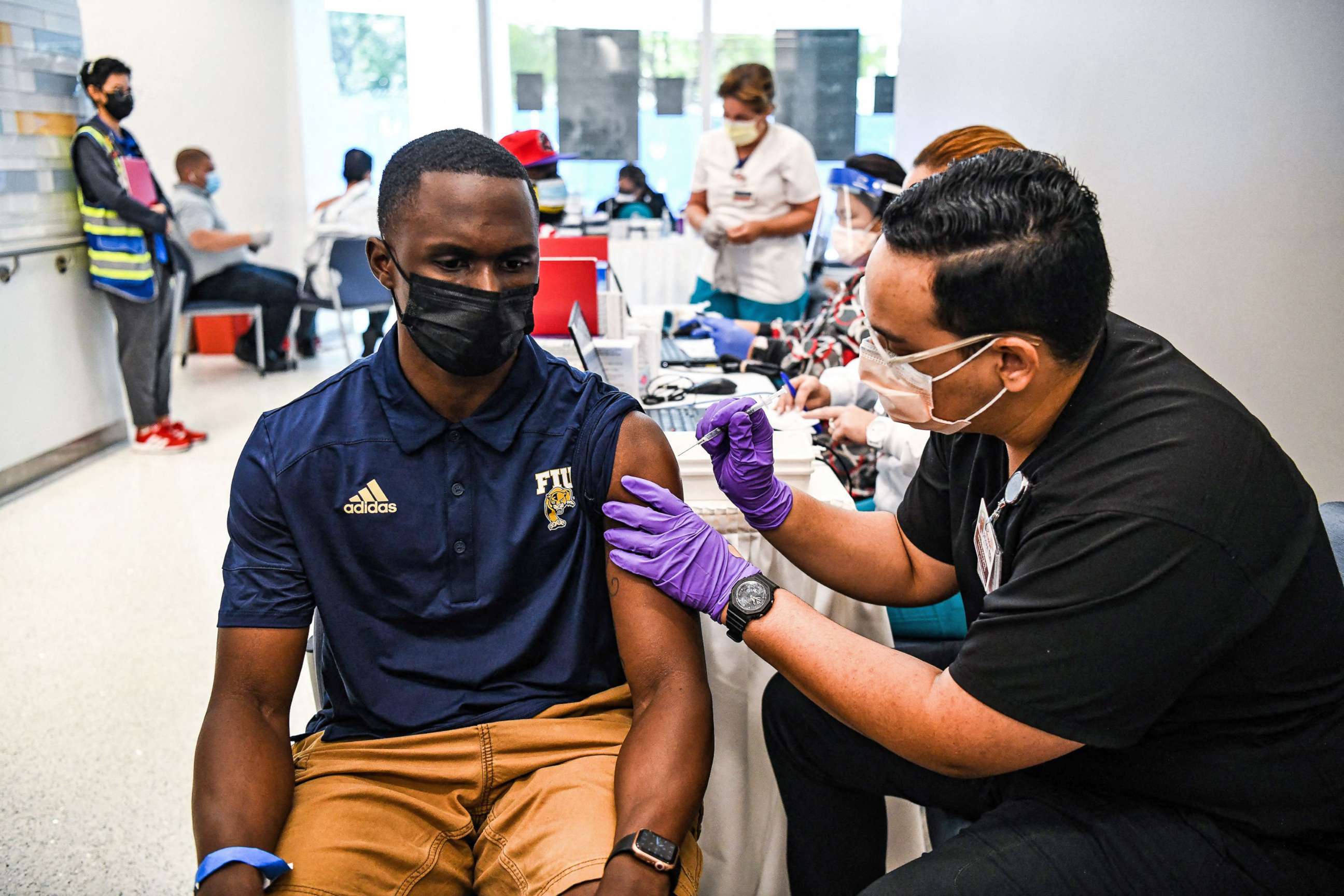Enhancing Organ Procurement Leadership
Enhancing Organ Procurement Leadership
(Enhancing Organ Procurement Leadership)
Discussion03 Organ procurement project
Almost all barriers to quality improvement are deficiencies in management and leadership. These deficiencies can take a few different forms but usually look something like:
-
Lack of a desire to change or improve
-
Lack of strategic planning needed to identify improvements
-
Poor communication and oversight of needed changes
-
A lack of empowerment and accountability to drive improvements
-
Poor collaboration between leaders and their departments
-
Having the wrong perspective of Quality as a short-term initiative
Read IN-PRACTICE 4-1 on page 118 of the textbook, “State University Hospital and State Donor Services.” Per Organ Procurement and Transplantation Network, under the direction of the U.S. Department of Health and Human Services, “One organ donor can save eight lives.” Chris Carter—the new administrator for the Emergency Department—was set up for failure from the very start. The cause of the decline is not due to paperwork
Considering the hospital is the largest source and utilizer of donated organs, think about the importance of this situation and how this project can be expanded into a state-wide initiative. Use the deficiencies above to assess the failure of the team at State University Hospital. Discuss why it is important for SUH to develop a strong team for this project, and address the role of various team members, who should be included, what role (if any) should the Chairman of the Surgery Department have, and did the COO assign the best leader—why? In addition, ask one question about this topic for others to answer and/or clarify.
Enhancing Organ Procurement Leadership
Discussion on Organ Procurement Project
The challenges in quality improvement often arise from management and leadership shortcomings. The barriers include a lack of desire to change, poor strategic planning, weak communication, limited accountability, and poor collaboration. These deficiencies are evident in the case of State University Hospital. The situation shows that effective leadership is vital to improve outcomes and save lives through organ donation.
Importance of a Strong Team
State University Hospital is the main source and user of donated organs. Building a strong team is key for enhancing quality improvement. Leaders must support innovation and change. They must engage all relevant departments. Every team member should have clear roles and responsibilities. This clarity ensures accountability and timely decision-making. The emergency department, led by Chris Carter, faced many challenges because of poor oversight and inadequate support. The hospital needs leaders who foster trust, communication, and collaboration. The team should include experts from nursing, surgery, ethics, and transplant coordination. These roles are crucial for creating a unified vision. Each member contributes to the project by providing expertise in patient care and process improvement.
Team Member Roles and Inclusion
Several roles are necessary for the team. Nursing staff must focus on patient care and communication. Transplant coordinators should handle donor management and education. Ethical experts ensure that all practices respect patients’ rights. Quality improvement professionals drive change and evaluate progress. Including administrative leaders is essential. They offer guidance on policy and resource allocation. The team should integrate members from each relevant discipline. This inclusion ensures that all aspects of organ procurement are covered. A strong team improves processes and outcomes. It builds a system where every member is valued and accountable.
Role of the Chairman of the Surgery Department
The Chairman of the Surgery Department should play a key role. This role involves guiding surgical practices and ensuring coordination with the transplant team. The Chairman must provide leadership in process development and risk management. This expert opinion can help address issues in surgical procedures. In addition, the Chairman can support the team by fostering collaboration among departments. The surgical perspective is essential when evaluating the performance of organ transplantation protocols. This input can lead to improvements in patient care and resource management.
Assessment of Leadership Selection
It is important to assess whether the chief operating officer chose the best leader for the project. Chris Carter was set up for failure due to the inherent organizational issues at State University Hospital. The leader must have a vision for quality improvement and the skills to manage change. A leader should possess strategic planning abilities and strong communication skills. Unfortunately, Chris Carter faced an environment with poor oversight and a lack of accountability. This situation indicates that the selection process may have been flawed. The chief operating officer should have chosen a leader with a proven track record in change management. This leader must inspire the team and drive improvements. The project’s success depends on the leader’s ability to empower team members and communicate effectively.
Expanding the Project to a State-Wide Initiative
This project can serve as a model for a state-wide initiative. The project must address all quality improvement deficiencies. The initiative should include clear strategic planning and strong communication channels. Leaders must work collaboratively across hospitals. The team must use data-driven methods to evaluate progress. Each institution must set similar standards for accountability. This approach ensures consistency in patient care and organ management. The state-wide initiative can enhance the effectiveness of organ donation practices. In turn, this will help save more lives. Leadership and team empowerment are essential to achieve this goal.
Discussion Question
How can hospitals overcome management deficiencies to improve organ procurement practices and build cohesive, effective teams?




